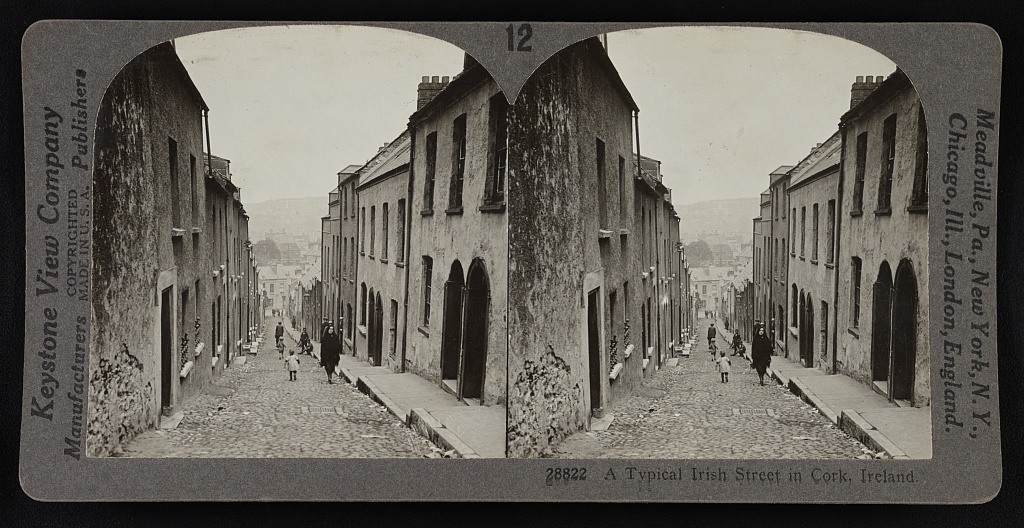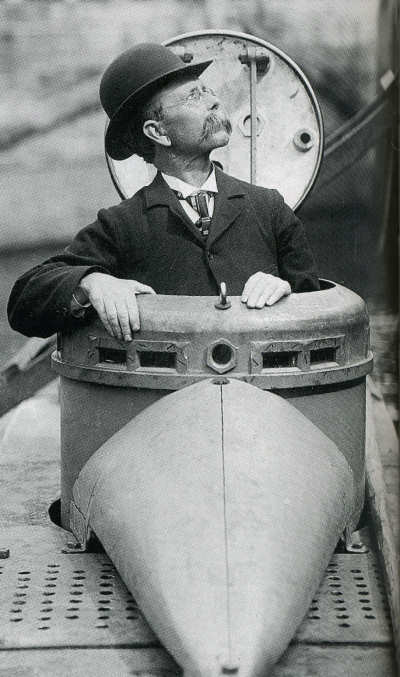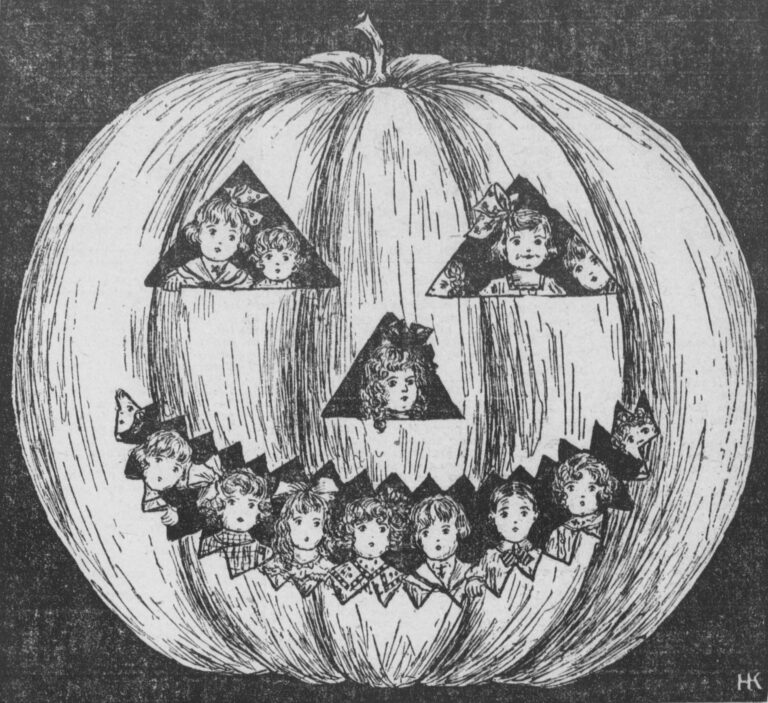
By Meghan E. Gattignolo
Shamrocks, the color green, limerick poetry and good luck charms are all recognizable symbols of Ireland that are found everywhere on March 17. So many more things have come from Ireland or were invented by the Irish that are less well-known. Over 80 million people worldwide can claim Irish descent, making Irish culture one of the world’s most ubiquitous and influential forces of the modern world. Some of the things the Irish are responsible for might surprise you, but they are actually just as Irish as myths about leprechauns and pots of gold!
Boycotting
The Irish are famous for being rebels, so it is no surprise that a common form of protest originated in Ireland. While no doubt protests like boycotting had happened before, the word comes from a specific event that occurred in Ireland in the late 19th century. In 1880, Ireland continued to struggle from the lasting effects of the Great Potato Famine. While people were still starving to death, British landowners in Ireland had no qualms about charging exploitative rents and going after debts with heartless abandon.
Enter Cpt. Charles Boycott, a retired British military captain who managed a large estate in Ireland. Boycott depended on the hired help of locals to farm the land and charged people high rents to live on the estate. He also enforced evictions when his tenants struggled to pay rent. Angry at Boycott’s practices and others, a local group convinced Cpt. Boycott’s laborers to stop work in protest. The surrounding community also shunned him, and Boycott’s lost income from unharvested crops eventually caused him to flee Ireland in December 1880. The newly coined boycott was widely reported on in newspapers, cementing the term in history.

John Philip Holland stands in the hatch of a submarine
Submarines
Known popularly as a country full of literature and poetry lovers, Ireland also has several inventors, designers and engineers who helped usher in the modern age.
Though some versions of submarines existed as far back as the Revolutionary War, by the late 19th century, subs were still far from practical. John Philip Holland was born in County Clare near the sea, and early in life became interested in designing boats and planes. He was excited by the latest sci-fi novel in print – Jules Verne’s 20,000 Leagues Under the Sea – which further encouraged him to design a submarine. Funded by the Irish Fenian Society who hoped to use submarines against the British, Holland developed the most practical submarine ever created in 1898 while living in the United States. Holland’s submarine was the first design accepted by the US Navy.
Polar Bears? Polar Bears!
If you have Irish ancestors, then you have more in common with polar bears than you realize. All modern-day polar bears can trace their mitochondrial DNA back to an extinct species of brown bear from Ireland. Scientists think the Irish brown bears may have come in contact with other kinds of bears, such as earlier polar bears, thanks to massive ice sheets that existed during the last Ice Age. The knowledge that came with this discovery helps scientists better understand hybridization in genetics.

Los Angeles Herald, October 30, 1910
Almost Everything About Halloween
Stemming from Celtic Samhain festivals that are thousands of years old, just about every symbol or tradition associated with modern American Halloween fun can be traced back to Ireland. Halloween is so Irish, you may as well call it St. Patrick’s Day part two. Dressing up in costumes? An ancient Samhain custom to trick and scare away ghosts. Jack-o’-lanterns? The Irish legend of Stingy Jack inspired the carving out of turnips to keep bad spirits away. 19th century Irish immigrants to the United States were happy to switch out their root vegetables with the much easier to carve pumpkins. Even bobbing for apples became popularized by the Irish from the Celtic tradition as a symbol of fertility and life.
Modern Tractors
Harry Ferguson from County Down in Ireland invented the tractor. Much of Ireland is rural and depends on an agricultural economy, but after World War I, laborers to work in the fields were hard to come by. Ferguson struck gold when he came up with a tractor design that fully embraced the new motor power available at the time, making it possible for one person to plow a field much easier and faster than was possible at the time. Before Ferguson’s design, early tractors were designed based on the horse-drawn plow model, and often would get stuck in the dirt. His design worked, and Massey Ferguson tractors are still sold and widely used today.
Happy St. Patrick’s Day!

Meghan E. Gattignolo is a freelance writer and longtime Clarksville, TN resident. She loves to obsess about historical subjects and annoy her family daily with unsolicited random facts. Meghan holds a History B.A. from Austin Peay State University and lives in town with her husband and two daughters.